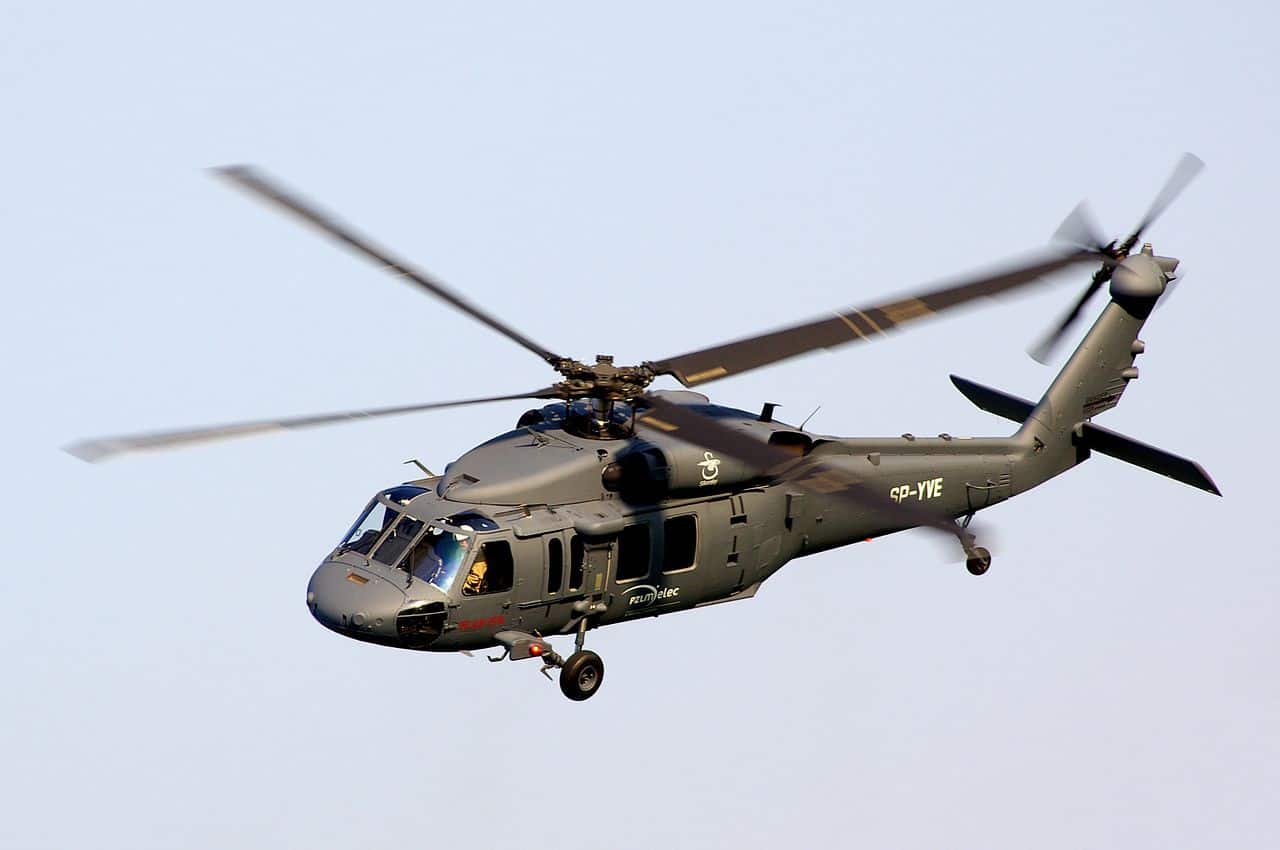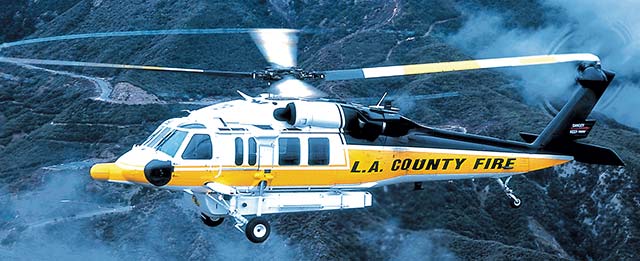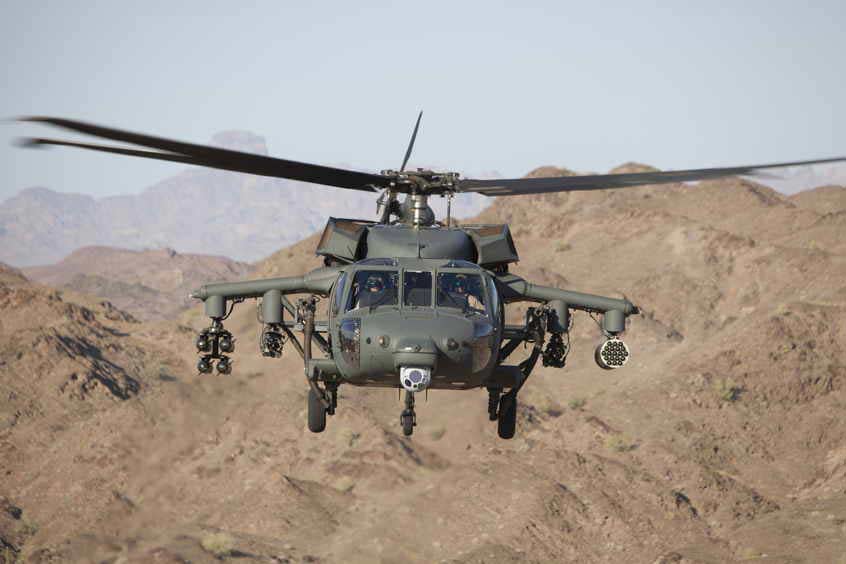Introducing the Sikorsky S 70: Developments and Breakthroughs in Helicopter Design
Introducing the Sikorsky S 70: Developments and Breakthroughs in Helicopter Design
Blog Article
High-Performance Multi-Role Rotorcraft Featuring Advanced Cabin Technologies and Integrated Sensor Systems
The world of rotorcraft modern technology has actually seen notable advancements in current times, particularly in the realm of high-performance multi-role rotorcraft equipped with innovative cockpit innovations and perfectly integrated sensor systems. These innovations have not just augmented the operational capacities of rotorcraft yet have actually also significantly impacted modern aviation operations on numerous fronts. From improved mission adaptability to enhanced functional performance, the convergence of sophisticated cabin technologies and integrated sensing unit systems has actually ushered in a new era of opportunities for rotorcraft applications. In the complying with conversation, we will certainly check out the development of rotorcraft technology, explore the realm of innovative cockpit developments, and analyze the implications of incorporated sensor systems on the functional flexibility and effectiveness of modern rotorcraft.
Evolution of Rotorcraft Technology
The evolution of rotorcraft technology has been marked by significant improvements in the rules of aerodynamics, products, and propulsion systems, shaping the capabilities and performance of modern rotorcraft. Furthermore, innovations in propulsion systems, consisting of much more powerful engines and innovative propulsion technologies, have actually made it possible for rotorcraft to attain greater altitudes, faster rates, and better hauls.
These improvements have not only changed the capacities of rotorcraft however have additionally increased their applications throughout different markets, including armed forces, industrial, and emergency situation solutions. The continual advancement of rotorcraft modern technology remains to drive development in the area, pressing the limits of what is possible and forming the future of upright flight.
Advanced Cabin Innovations
Building upon the foundational improvements in the rules of aerodynamics, materials, and propulsion systems, the world of rotorcraft innovation now moves focus in the direction of pioneering Advanced Cabin Innovations. The integration of innovative technologies within the cabin environment plays an essential role in improving the operational abilities, safety and security, and performance of contemporary rotorcraft. sikorsky s 70. Advanced Cabin Innovations include a broad selection of functions made to provide pilots with boosted situational understanding, structured information management, and instinctive control interfaces
One of the crucial improvements in cockpit style is the execution of glass cockpits, which change typical analog gauges with high-resolution screens. These electronic systems supply adjustable layouts, real-time data assimilation, and improved readability, allowing pilots to accessibility important information at a glimpse. Progressed avionics systems, such as fly-by-wire controls and boosted fact display screens, are revolutionizing how pilots connect with the airplane, enabling for accurate control and improved decision-making capacities.


Integrating sophisticated cabin developments not just improves pilot efficiency however likewise contributes to total objective effectiveness and security in intricate functional environments. By leveraging state-of-the-art innovations within the cockpit, rotorcraft producers are setting brand-new standards for functional excellence and goal success.
Integrated Sensing Unit Solutions
With the evolution of rotorcraft innovation, the assimilation of advanced Integrated Sensor Equipment has come to be extremely important in improving functional efficiency and security. These Integrated Sensor Equipments encompass a large range of innovations that offer critical information for numerous functions such as navigation, security, targeting, and environmental tracking. By flawlessly integrating sensing units like radars, video cameras, lidar, and infrared systems right into rotorcraft, drivers can profit from improved situational recognition, improved mission abilities, and lowered pilot workload.
One secret advantage of Integrated Sensor Solutions is their capacity to gather real-time data and supply workable understandings to pilots and mission operators. Advanced radar systems can discover and track targets over long ranges, allowing for early risk detection and efficient response planning. Additionally, integrating infrared and electro-optical cameras allows rotorcraft to carry out reconnaissance and security goals with accuracy and precision.
Basically, the assimilation of cutting-edge sensor innovations into rotorcraft not only improves operational performance however additionally contributes considerably to overall objective success and team safety and security. As rotorcraft remain to advance, the role of Integrated Sensor Systems will most certainly continue to be at the leading edge of development in the aerospace market.
Operational Convenience and Effectiveness
Enhancing operational versatility and efficiency in rotorcraft is an all-natural development from the assimilation of sophisticated Integrated Sensor Systems. By leveraging the insights and data given by these innovative sensor systems, rotorcraft can optimize their efficiency across various missions and settings.
Functional versatility incorporates the ability of rotorcraft to adjust to various roles and circumstances effectively. With sophisticated cabin modern technologies and integrated sensor systems, rotorcraft can seamlessly shift between jobs such as search and rescue, medical evacuation, monitoring, and much more. This convenience improves the rotorcraft's ability to fulfill diverse functional requirements without needing extensive reconfiguration.
Performance in rotorcraft operations is crucial for maximizing objective effectiveness and resource use. Integrated sensing unit systems play a crucial role in boosting functional effectiveness by giving real-time data on climate this website condition, surface mapping, target tracking, and more. This data makes it possible for pilots to make informed decisions promptly, maximize flight courses, conserve fuel, and improve overall objective performance.
Effect On Modern Aviation Workflow

Furthermore, the combination of advanced sensing units helps with boosted objective planning and implementation, enabling rotorcraft to execute a wide variety of jobs with enhanced accuracy. From search and rescue operations to airborne firefighting and police missions, the capacities of modern rotorcraft outfitted with sophisticated cabin innovations and incorporated sensing unit systems are unmatched.
Moreover, the impact of these developments extends past operational effectiveness to cost-effectiveness and sustainability. By maximizing flight paths, fuel consumption, and upkeep this link timetables, high-performance rotorcraft geared up with innovative cockpit modern technologies and sensors contribute to lowering operational expenses and ecological influence, making them vital possessions in modern-day aeronautics operations.
Verdict
Finally, the high-performance multi-role rotorcraft with advanced cabin technologies and incorporated sensing unit systems represents a significant development in aeronautics technology. These technologies boost functional versatility and effectiveness, ultimately affecting contemporary aviation operations in a positive method. The combination of these sophisticated modern technologies enables enhanced abilities and performance in different mission situations, showcasing the proceeded innovation of rotorcraft modern technology in the aeronautics market.
The realm of rotorcraft technology has seen significant improvements in recent times, particularly in the world of high-performance multi-role rotorcraft outfitted with sophisticated cabin technologies and seamlessly incorporated sensing unit systems. From improved objective flexibility to improved functional effectiveness, the merging of sophisticated cockpit technologies and incorporated sensing unit systems has actually ushered in a new era of opportunities for rotorcraft applications. In the adhering to discussion, we will discover the development of rotorcraft innovation, delve right into the realm of advanced cabin innovations, and examine the effects of incorporated sensor systems on the functional adaptability and performance of modern rotorcraft.

Report this page